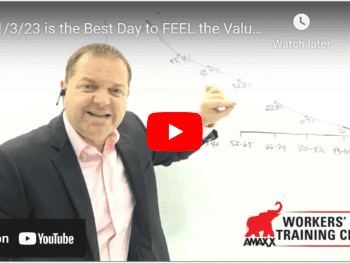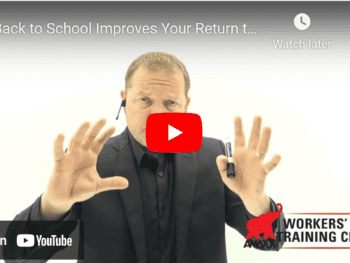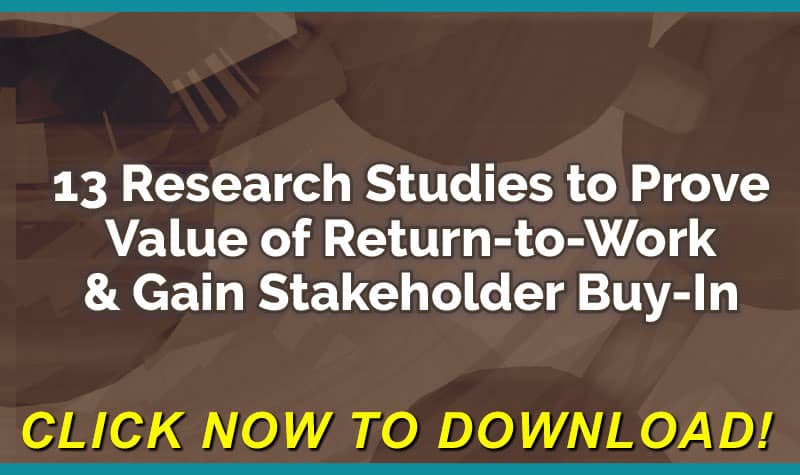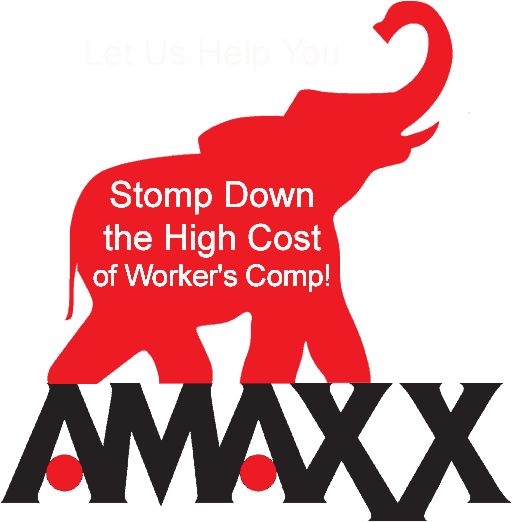When Returning Employee to Work Remember: It’s All Attitude
There is more than one way to return an injured employee to work. The difficult part is matching the right return-to-work strategy to the particular worker. Considering the personality and attitude of the worker is as important as considering the specific injury when implementing a return-to-work solution.
Just as there are many kinds of successful return-to-work programs, there also are a full range of employee attitudes accompanying each case.
The Employee Attitude Axis
Employers must individualize their return-to-work approach to meet the demands of the specific employee’s personality because the most important factor in returning the employee to work is the attitude of the employee. A successful method of training employers to respond properly to varied employee attitudes to ensure efficient and reasonable work returns is the Employee Attitude Axis.
The Employee Attitude Axis separates workers into four quadrants: active-satisfied; active-dissatisfied; passive-satisfied; and passive-dissatisfied. Most employees fit neatly into one of these quadrants and require and respond to different return-to-work strategies.
Handling Satisfied Employees
Satisfied employees are ones who have maintained a positive relationship with the company throughout their employment. The employee trusts that the employer will continue to look out for the employee post-injury and wants the employee back.
The active-satisfied employee needs no coercion or prodding to return to work. This worker is one who has been with the company 20 years and hasn’t missed a day. In this case, a simple get-well card may convince the worker that the company truly cares about the employee’s well-being.
The passive-satisfied employee while usually happy at work is a little more complacent. This employee needs some gentle intervention to ensure a timely return to work. Phone calls, weekly meetings and early intervention make sure the worker maintains a positive attitude about the employer and returns to work when ready.
Handling Dissatisfied Employees
Dissatisfied employees typically have some sort of misgivings about the employer prior to the injury. They may use miscommunication with the worker’s comp process to reinforce their negative beliefs about the company.
The active-dissatisfied employee may be quick to hire an attorney to answer the questions about the worker’s comp claim that the employer could have easily handled.
The passive-dissatisfied employee may be unhappy with the employer but express it in more subtle ways such as by not returning phone calls, completing paperwork, signing releases or withholding information.
The best way an employer can turn a dissatisfied injured worker into a satisfied returning- to-work employee is to maintain contact with the employee after the accident. Not only is contact immediately after the accident needed, contact with the employee following each medical visit will work wonders in maintaining rapport and trust with the employee. By maintaining an active interest in the claim and the employee’s wellbeing, the claim will move forward in a positive manner.
Author Michael B. Stack, CPA, Director of Operations, Amaxx Risk Solutions, Inc. is an expert in employer communication systems and part of the Amaxx team helping companies reduce their workers compensation costs by 20% to 50%. He is a writer, speaker, and website publisher. www.reduceyourworkerscomp.com. Contact: mstack@reduceyourworkerscomp.com.
©2012 Amaxx Risk Solutions, Inc. All rights reserved under International Copyright Law.
















